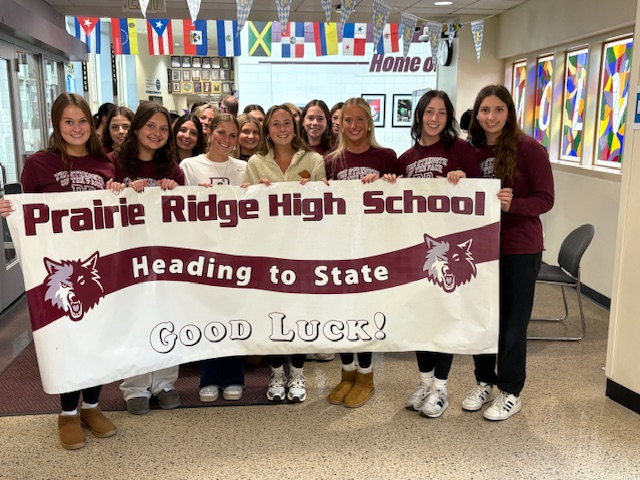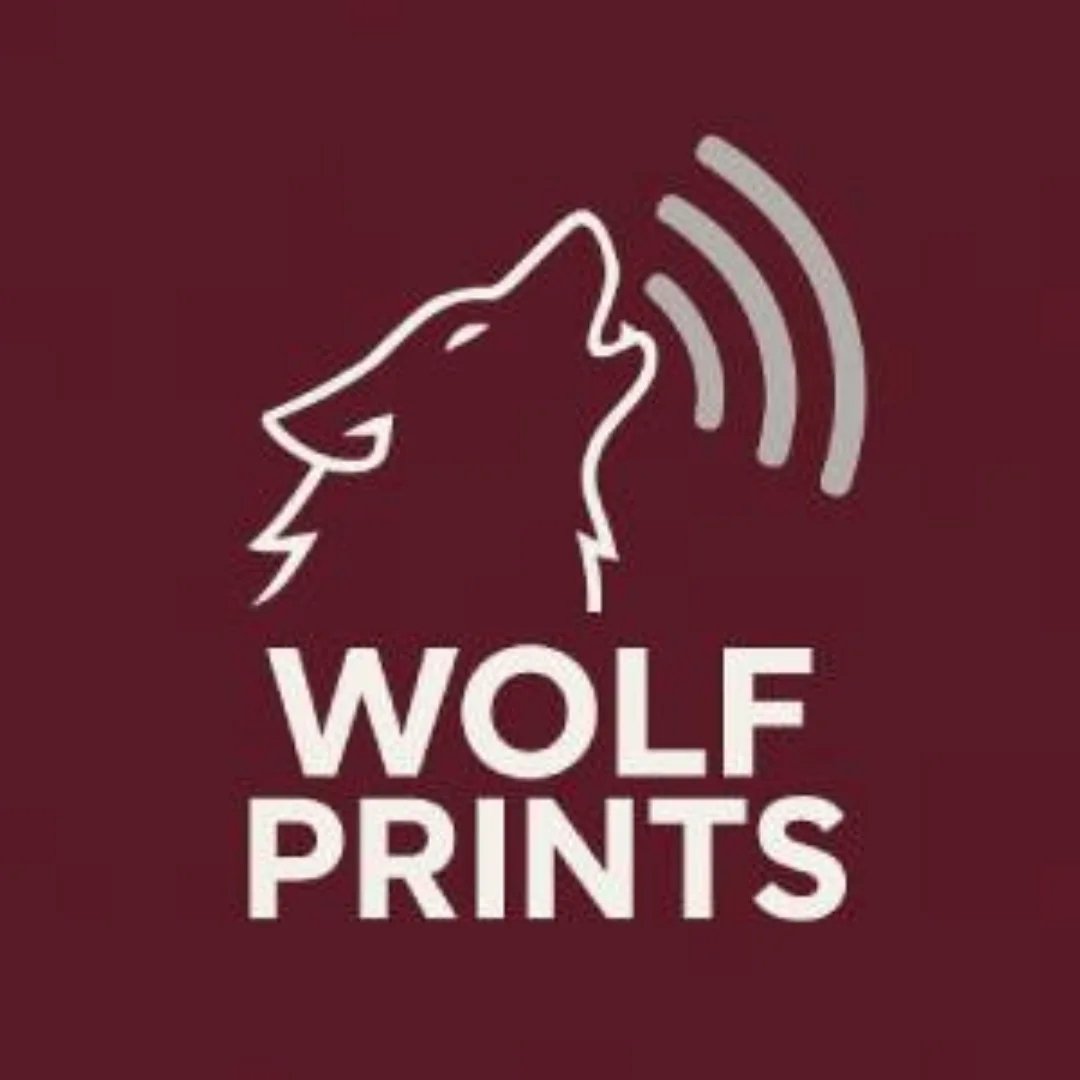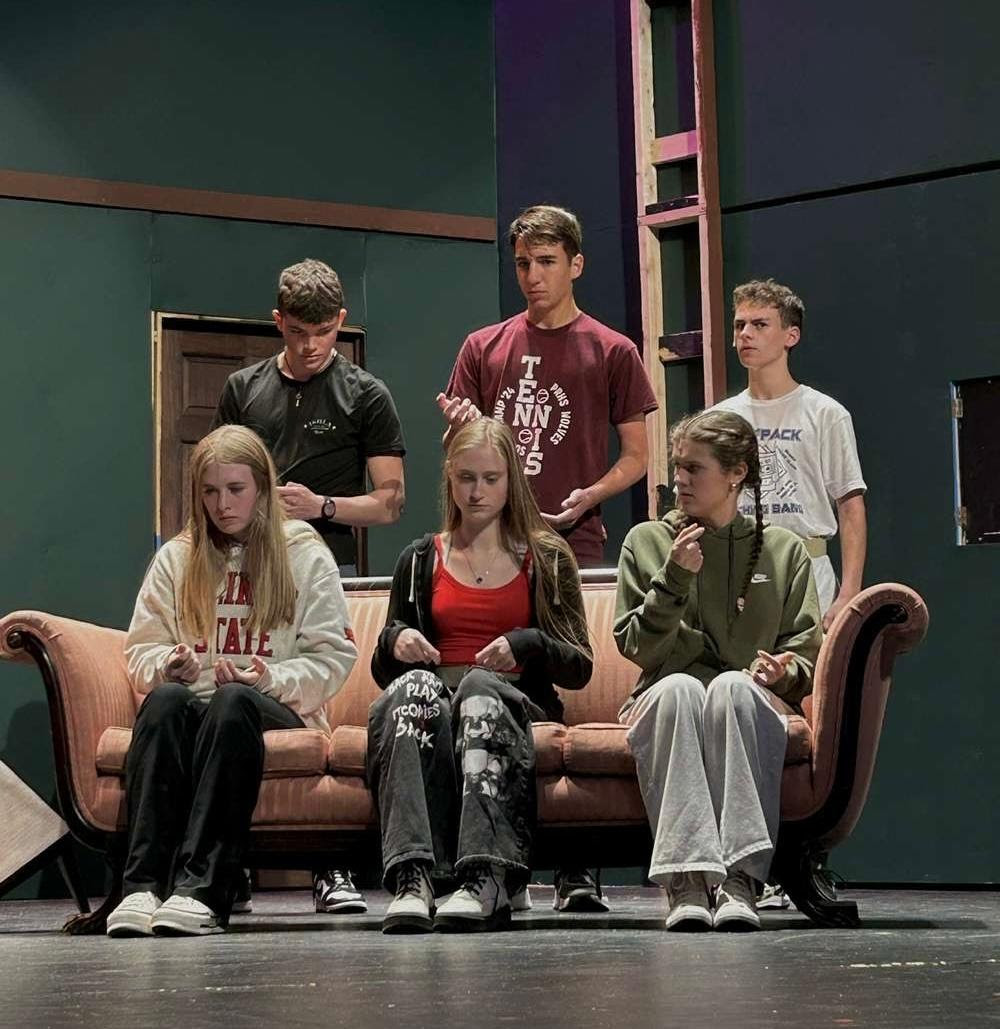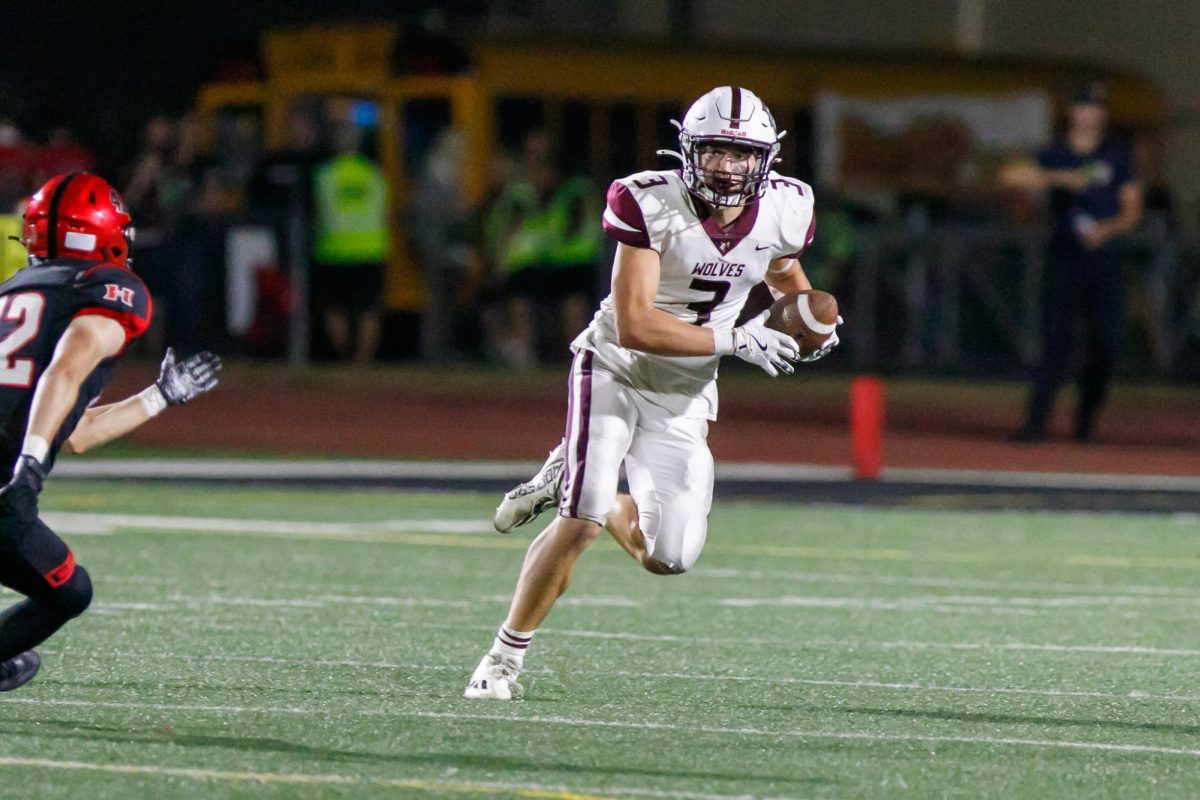On November 19th and 20th, Prairie Ridge students had the opportunity to travel to the future in 2040. It wasn’t through a time machine, however. It was through the Top Ten Technologies presentations by Mr. Rick’s 3rd, 4th, and 5th period Science and Society Classes.
The idea all started after the seniors completed a project in which they designed a car. Mr. Rick, who believed the project did not go as well as he had planned, wanted to try something different to engage his students. “I wanted to have another project where the students had pressure to take pride in their work and do something fun,” Mr. Rick explained. “In class, we always talk about things in the future. I thought we could bring a museum to [the school], and show what Science and Society is really about.”
In order to conduct the project, Mr. Rick had his students visit a website with 50-60 technologies of the future listed. “The idea was to evaluate and assess which would be the most impactful [technology] in the next 30 years,” he stated. “This was to lead to more engaging conversations about future technologies.”
Students could decide which technologies to present based on their group interests. Individually, they were expected to describe and define their specific technology, write a narrative on what society would be like with this technology, provide visuals, and discuss topics such as environmental issues, advantages and disadvantages of the technologies. As a class, they had to collaboratively figure out how to display the Top Ten Technologies on the boards.
“Our group did gene therapy,” explained senior Claire Smith from Mr. Rick’s 4th hour class. “I had to find the history about it. Gene therapy can be used in the future to cure diseases like cancer so that in the future, there can be a lot more alterations.”
“I really liked how we were able to choose our own individual thing [to work on],” added Michael Cantrell from 5th hour. At the same time, he appreciated how the students “got to work together as a class.”
While working on the project, the three Science and Society classes were competing with one another. “The winning class was exempt from half of their upcoming Technology and Robotics Test,” said Mr. Rick. “Students could choose if they wanted to be excused from the multiple choice/short answer portion or the essay portion.” Mr. Rick’s 3rd hour class were voted by the PR student body as the winners.
The process itself was a huge challenge, for both Mr. Rick and the students. “The biggest challenge was getting a whole class to collaborate and work on one project instead of ten different projects,” said Mr. Rick.
Claire Smith shared the same perspective. “It was a big challenge deciding how to make the board and use the space wisely,” she stated. “As a class, we didn’t do a good job making it visually appealing. We only worked individually on our own projects.”
When looking back on the T3 project, Mr. Rick sees big room for improvement. “The first time you do something, you figure out the glitches, and you brainstorm how to improve,” he described. “If I were to do it again, I would restructure it to make the class look at the societal impact and constructively work together rather than doing individual projects.”
Nonetheless, many students enjoyed their experiences working on the project. “It was definitely better than some of the other projects that we’ve done,” said Angel Rodriguez.
Claire appreciated the project as well, because she felt it was an opportunity for students to look into something that they were interested in. “It was interesting to me because I want to go into something medically related in the future,” she explained. “I liked seeing how the medical field will be in the future.”
Moreover, she felt the project as a whole is extremely important, not just for the students in the Science and Society class, but for all of the Prairie Ridge students. “I think its important to realize where the future is going to be,” she stated. “It’s important for students to see how new technology can improve the quality of life.”




